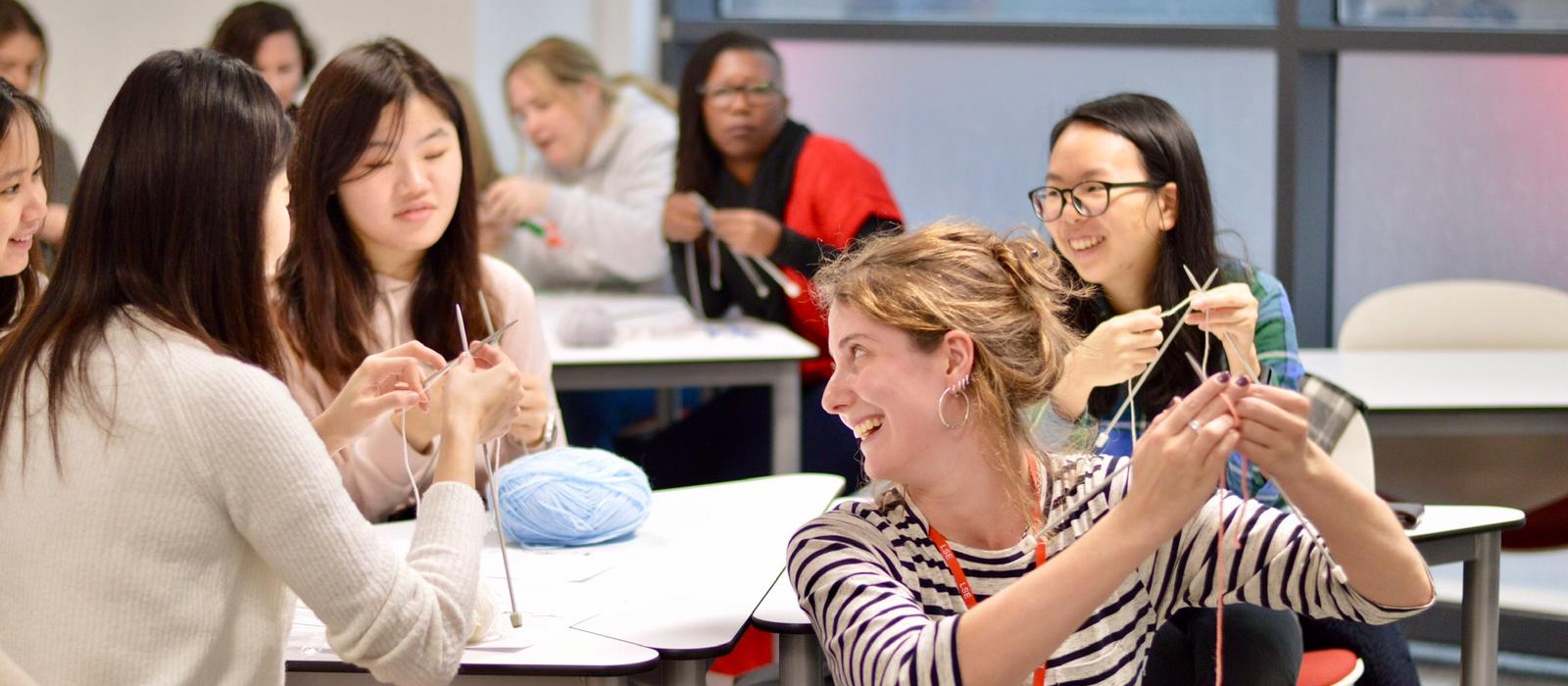In this blog, we hear from Maria McEvoy, currently the Head of Volunteering at The Kids Network. She has been working in volunteering for over a decade and has worked at children’s charities, the National Domestic Abuse Helpline and even the Fire Brigade. Having supported many service users who have experienced trauma she is now working to find ways to better support volunteers with lived experience of trauma. Maria originally posted this blog on LinkedIn, and it expands on how we might introduce trauma-informed practice into volunteer management.
I decided this year I wanted to learn more about how to bring trauma-informed practice into the way we onboard and support volunteers. Across the third-sector, lots of organisations are working hard to bring trauma-informed care into the way we interact with service users but it’s often rare to see these policies extend to staff and volunteers. In volunteering we are often supporting volunteers with lived experience so it’s just as important to have these practices within volunteer management.
When I started looking into it, I realised that there weren’t many guides or articles out there suggesting how we might engage trauma-informed principles with volunteering, or recruitment generally, so I started trying to piece it together myself. I’ve been able to introduce a few simple steps into our onboarding process and will be looking into other aspects of volunteer management to find a way to bring in those all-important trauma-informed principles. Follow along on this blog series to see how I get on.
In this first instalment I’m just going to introduce what the 6 trauma-informed principles are and some broad strokes of how you might engage with them in volunteering.
Safety – ensuring the physical, psychological and emotional safety of service users, staff and volunteers
- Creating an environment where people feel safe or are able to ask for support in order to help them feel safe
- Putting in steps to prevent re-traumatisation
- And of course following safeguarding best practice
Trust and transparency – to feel safe and included people need to trust an organisation and those within it. Free-flowing communication and transparency helps build that two-way trust.
- Have clear policies and procedures in place that volunteers can access and refer to
- Explaining what we are doing at each stage and why
- Being consistent and living up to promises made
Choice – include volunteers in decision making and setting their own goals for their volunteer journey
- Listening to the needs of our service users, staff and volunteers to understand all our stake holders.
- Explaining choices clearly and transparently. This can be for role, next steps, flexible volunteering opportunities, ways to support accessibility needs.
- Some people who have experienced trauma may have felt, or are feeling a lack of control over choice or relationship building, allow space for volunteers to come to a decision in their own way.
Collaboration – valuing volunteer experience and knowledge and welcoming that in the forward movement of your organisations
- This can be through peer-support and guidance
- Feedback or workshops to shape strategy
- Always being open to hear volunteer advice or suggestions
- In as much as possible working alongside our volunteers uplifting their voices
Empowerment and voice – endeavouring to share power with volunteers, involving them in decision making especially on their own journeys
- Validating feelings and concerns
- Actively listening to wants and needs
- Helping people to feel they have control over their experience and journey
Cultural consideration – acknowledging that we are all made up of our various experiences and identities and so in order to create a safe and welcoming environment for all we must try to be inclusive of all genders, sexual identities, age, religions, disabilities, races and ethnicities.
- Creating anti-oppression ways of working, to remove bias and discrimination
- When there are instances of discrimination or micro-aggressions, addressing from a place of compassion and learning while centring those impacted
- Having policies and procedures in place that can respond to individual needs.
I hope this has been a helpful little intro into trauma-informed practice in volunteering, in the next instalment I’ll be talking all recruitment, from job ads to applications, so stay tuned.





